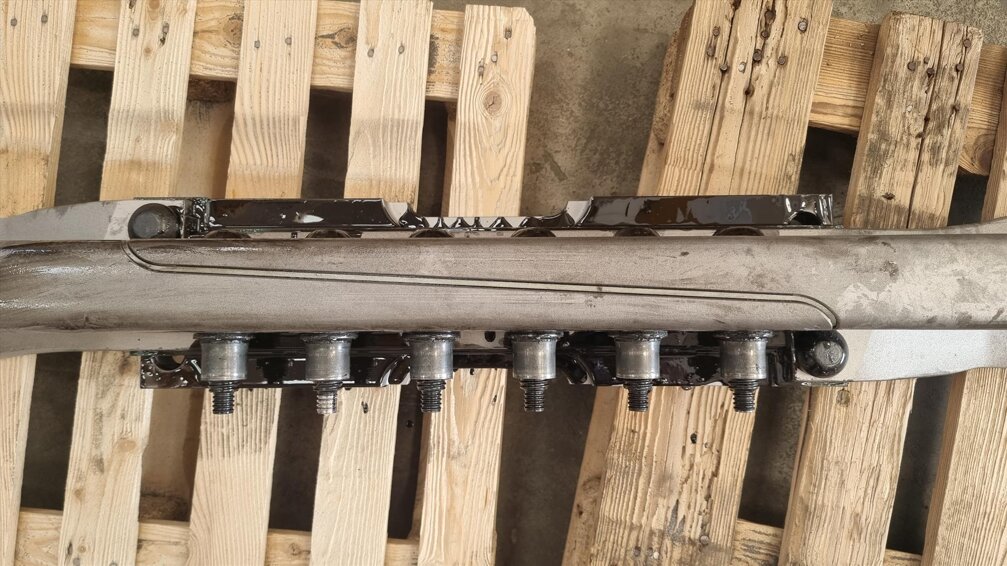
The Need
The downside of an indispensable track component
It is not surprising: joints are the most important discontinuity in a rail. Aluminothermic and flash butt weldings allowed to remove almost completely rail joints with the exception of Insulated Rail Joints (IRJ), needed for signalling wherever track circuits are used.
An IRJ trasmits mechanical forces (tensile - either negative in summer or positive in winter - due to the blocked thermal expansion of the rail and bending due to wheel-rail interaction forces) but has to be electrically insulated.
Any railway system adopting track circuits (nearly all!) uses IRJ.
Unfortunately conventional IRJ are a large source of headaches for the infrastructure manager.
See how we acknowledged, faced and solved the problem.

The common practice
Unavoidable weakness
IRJ are made by "square cut" (90°) of two rails. Rails are then drilled and sandblasted. Two properly glued fishplates (with insulating fiberglass sheets) and an even number of fishbolts (4, 6 or 8) pack the joint.
Whatever the number of bolts, whatever the shape and size of the fishplates, a dip angle will form between the two rails because of the sudden rail stiffness change.
This dip angle is responsible for impacts, noise and vibrations.
Defects and troubles - or "a horror gallery"



Rail lipping
Star crack
Head Battering
Lipping arises from repeated plastic deformation (shakedown) of rail steel. The rails eventually touch, losing the insulation and forcing to an on-site repair or joint renewal. Small end posts (the insulating nylon "slice" separating the rail ends) suffer by premature loss of insulation, large end posts generate too high impact forces. As a compromise, today end posts are around 5 mm thick.
Impacts generate large shear stresses at the fishbolt holes, resulting in cracks propating at 45° (max. shear plane) and eventually in rail detachment.
Also known as "defect 135" from the UIC code numbering, they are hidden by fishplates and their detection is very difficult (basically unreliable) with automated ultrasonic equipment.
Each wheel interacts with the rail ends. The resulting hammering generates heavy damage of railhead, dramatically reducing conventional joints life. Fatigue resistence of rail steel is repeatedly exceeded generating large RCF (Rolling Contact Fatigue) problems like shelling, etc.
Danger!
Broken joints represent a potentially high danger for rail service. In an unfortunate event, 3 people died and many were injured after the derailment of a regional train near Milan, Italy, on 25 January 2018.
Similar failures regularly happen around the world, requiring continuous and expensive monitoring of IRJ.

"I don't need problems to be analyzed
I need problems to be solved"
Dwight D. Eisenhower
Many analyses are available in the scientific literature but none of them provides a clue about how to solve the many problems given by conventional IRJ. Several attempts were made in the past, with limited applications and controversial benefits.
It looked therefore evident that the railway community needed a solution to overcome short IRJ life and the associated hazards.